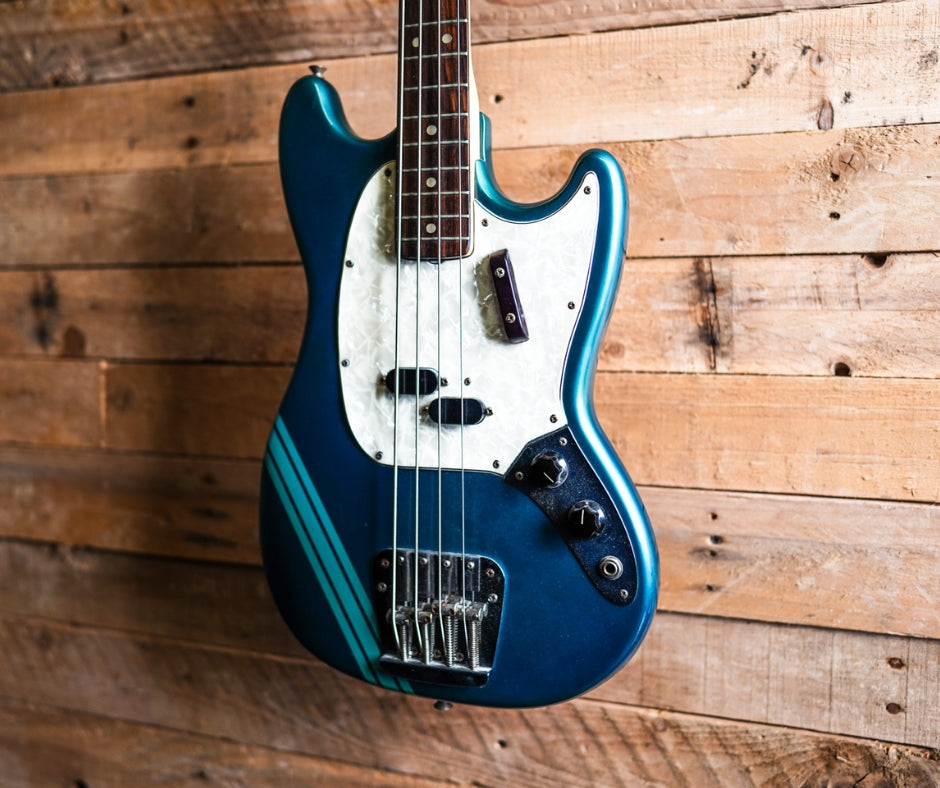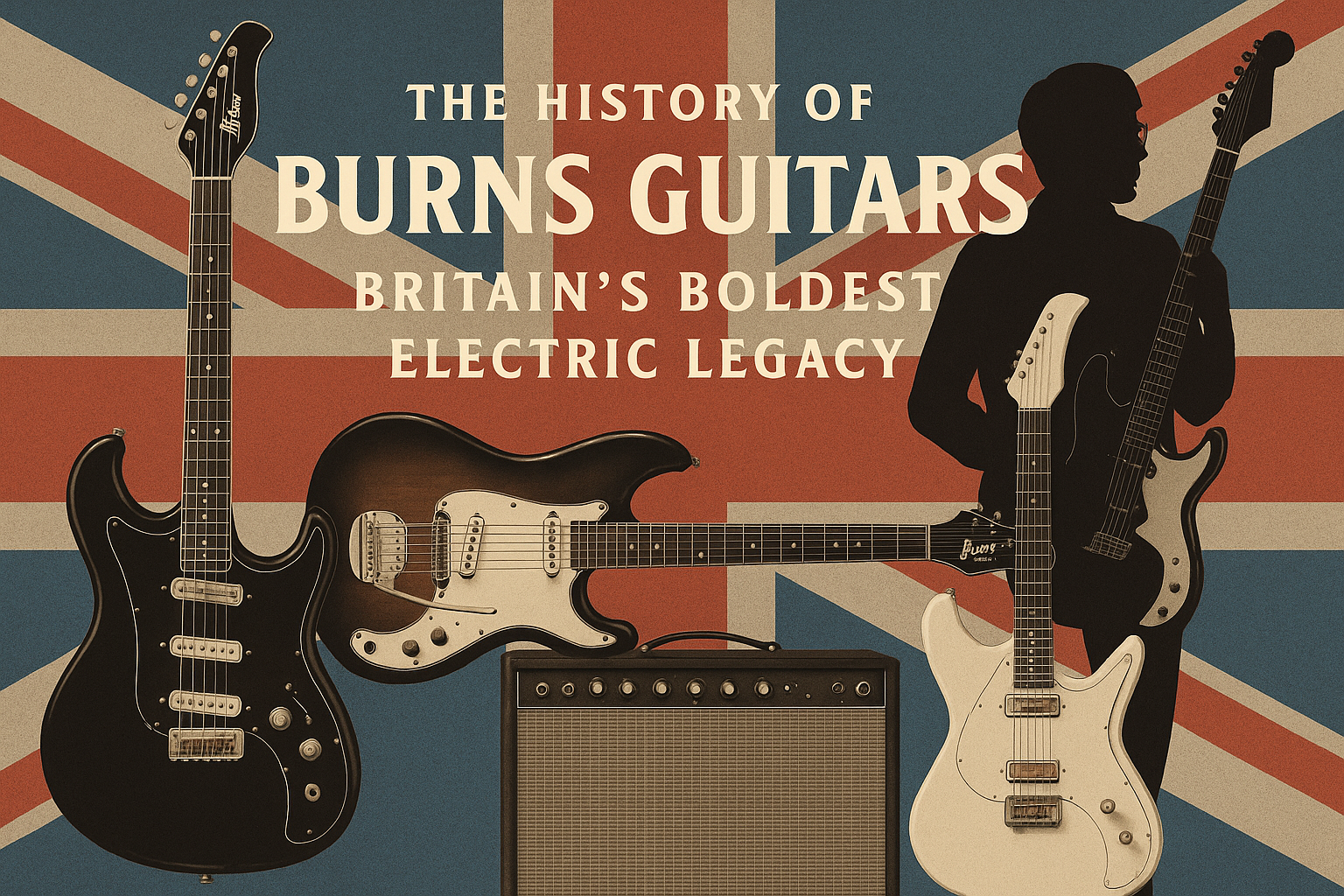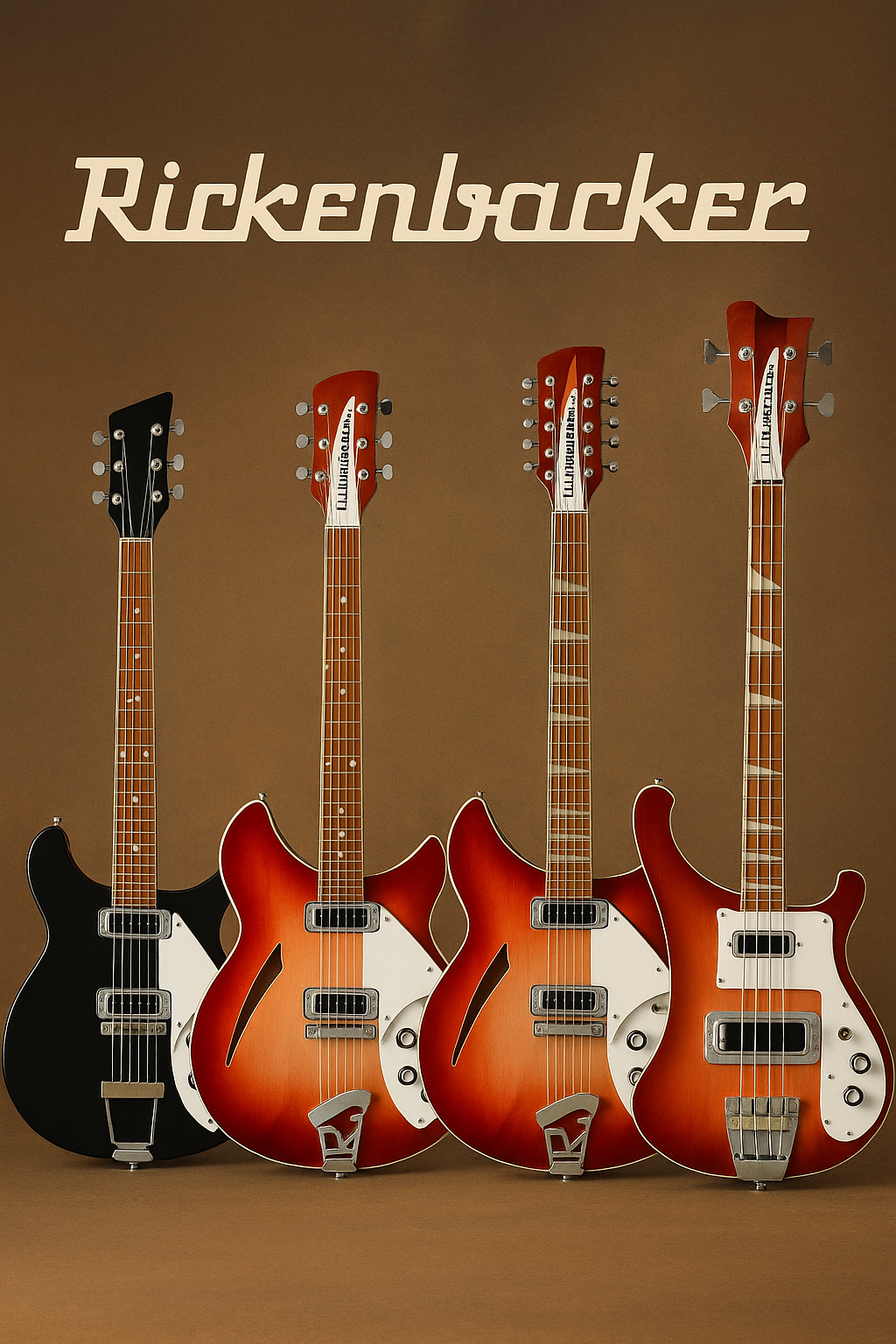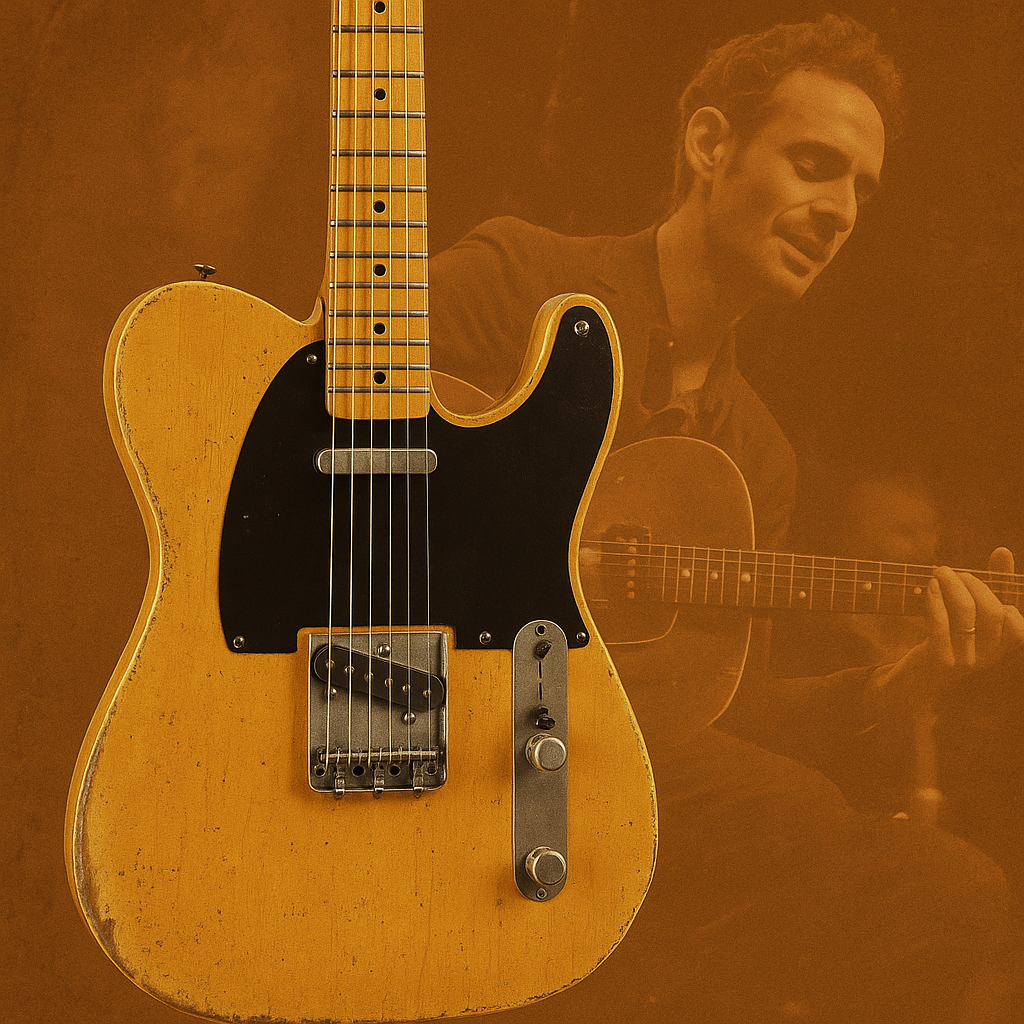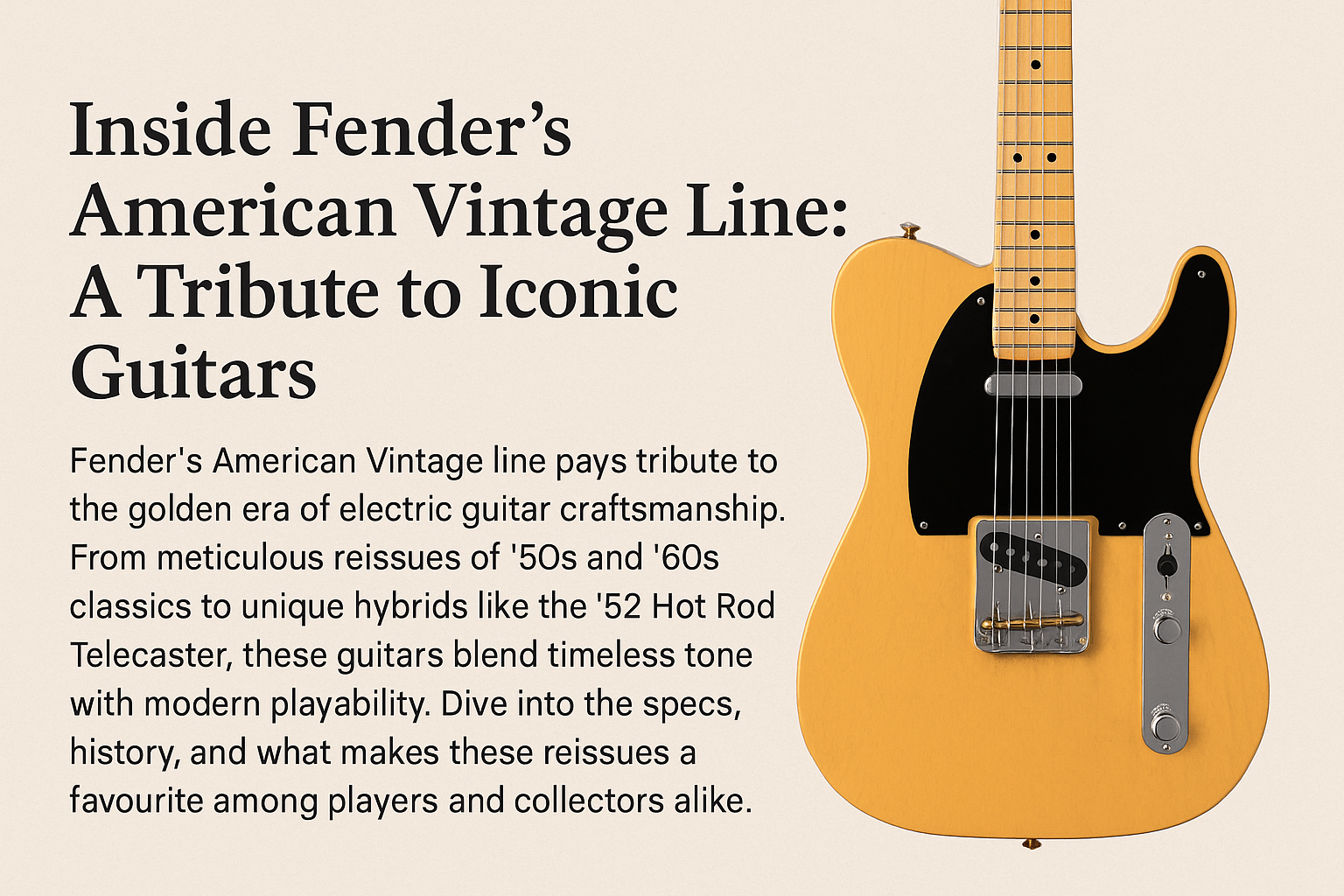Fender guitars have long been synonymous with innovation, craftsmanship, and sonic excellence, but when it comes to aesthetic design, few styles are as iconic as the bold and colorful ‘competition’ stripes. Emerging during a period when music and culture were going through seismic shifts, these unique instruments remain beloved among collectors and players alike. In this article, we’ll take a deep dive into the history, evolution, and enduring appeal of Fender's competition-striped guitars.
Fender guitars have long been synonymous with innovation, craftsmanship, and sonic excellence, but when it comes to aesthetic design, few styles are as iconic as the bold and colorful ‘competition’ stripes. Emerging during a period when music and culture were going through seismic shifts, these unique instruments remain beloved among collectors and players alike. In this article, we’ll take a deep dive into the history, evolution, and enduring appeal of Fender's competition-striped guitars.
A Bold Move in the 1960s: The Birth of the Competition Look
The late 1960s was a period of experimentation in virtually every artistic field, and guitar design was no exception. Fender, under pressure to stay relevant in an era of flashy stage performances and countercultural movements, introduced its line of competition-striped guitars as a way to stand out in a crowded and rapidly evolving market.
The inspiration for the competition stripes didn’t come out of thin air—they were heavily influenced by the muscle cars of the era. Automobiles like the Ford Mustang, Chevrolet Camaro, and Dodge Charger often sported racing stripes, which symbolized speed, power, and a rebellious spirit. Fender aimed to translate this same energy into their guitars.
The Fender Mustang: The Pioneer of the Competition Stripe
Introduced in 1964, the Fender Mustang was originally designed as a student model, offering affordability and playability for beginner and intermediate players. However, by 1969, the Mustang underwent a radical aesthetic transformation with the introduction of competition stripes.
These guitars featured a racing stripe that typically ran diagonally across the body, giving them a bold, sporty look. The finishes were equally vibrant, with colors like Competition Red, Competition Blue, and Competition Orange becoming staples of the series. The competition-striped Mustangs also featured a matching headstock, further elevating their striking visual appeal.
Key Features of the Competition Mustang:
-
Body shape: The offset design provided better ergonomics for players.
-
Competition stripes: Inspired by racing aesthetics, they were typically one or two stripes that added visual flair.
-
Vibrant finishes: Bright colors complemented the stripes, capturing the 1960s' psychedelic and rebellious vibe.
-
Short-scale neck: Designed for easier playability and faster fretboard action.
Expanding the Aesthetic: The Competition Duo-Sonic and Bronco
Following the success of the competition-striped Mustang, Fender applied the same concept to other models, such as the Duo-Sonic and Bronco. The Duo-Sonic, originally introduced in 1956, received its competition-striped makeover in the early 1970s. Though less well-known than the Mustang, the Duo-Sonic was appreciated by students and emerging artists, particularly for its compact size and punchy tone.
The Bronco, another short-scale student model, also got the competition treatment. It was marketed alongside the Mustang and Duo-Sonic, with similar aesthetics but slight differences in pickup configuration and hardware. However, both the Duo-Sonic and Bronco were overshadowed by the Mustang’s growing popularity among professional musicians.
A Cultural Phenomenon: From Student Guitars to Stage Staples
While Fender initially marketed these competition-striped guitars as affordable options for students, they quickly gained traction among professional musicians. The Mustang, in particular, became a favorite of punk and alternative rock bands in the 1970s, 1980s, and beyond.
One of the reasons for the Mustang’s enduring appeal lies in its association with iconic players. Kurt Cobain of Nirvana famously played a Fender Mustang, often modified to suit his grunge aesthetic. His use of the instrument introduced it to a new generation of players in the 1990s, solidifying its place in rock history.
Why Competition Stripes Are Still Cool Today
Even decades after their initial debut, competition-striped Fender guitars continue to capture the imagination of musicians and collectors. Here are some reasons why these models remain popular:
1. Vintage Appeal and Nostalgia
For many, the competition-striped Mustangs, Duo-Sonics, and Broncos represent a bygone era of music and culture. Their distinctive look immediately evokes images of classic muscle cars, retro fashion, and rock-and-roll rebellion.
2. Unique Visual Identity
In a sea of more traditional guitar finishes, the competition stripes stand out as a bold statement. Players looking to make a visual impact on stage often gravitate toward these models.
3. Versatility and Playability
Beyond their aesthetic appeal, competition-striped Mustangs and their counterparts are known for their comfortable, short-scale necks and distinctive tones. The Mustang’s unique tremolo system and punchy single-coil pickups give it a sound that’s versatile enough for genres ranging from punk to indie rock.
4. Limited Production and Collectibility
Fender’s competition-striped models were produced for a limited time, making them highly sought after by collectors. Vintage models in good condition can fetch high prices on the used market, especially if they retain their original finishes and hardware.
Modern Reissues and the Legacy of Competition Stripes
Recognizing the enduring appeal of the competition aesthetic, Fender has periodically reissued competition-striped models in recent years. The Fender Player Series Mustang, for example, pays homage to the original design while incorporating modern features such as updated pickups and improved hardware.
Fender has also collaborated with artists to release signature competition-striped models, further cementing their legacy in modern music. Whether it’s through limited reissues or new interpretations, the competition stripe remains an integral part of Fender’s design heritage.
Conclusion: Racing into Guitar History
Fender's competition-striped guitars are more than just instruments—they're cultural artifacts that reflect the spirit of the late 1960s and early 1970s. From their origins as student models to their status as stage icons, these guitars have left an indelible mark on the music world. Whether you’re a collector, a performer, or a fan of retro aesthetics, there’s no denying the lasting impact of Fender’s bold design experiment.
So, next time you spot a Mustang or Duo-Sonic with those iconic racing stripes, remember that you’re looking at a piece of history—one that continues to inspire new generations of musicians and guitar enthusiasts around the world.

